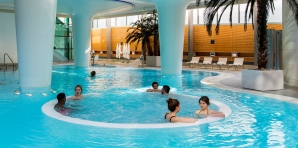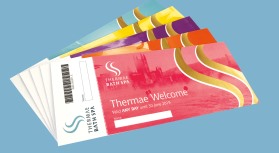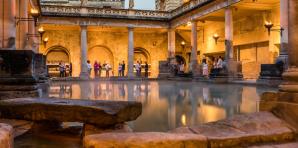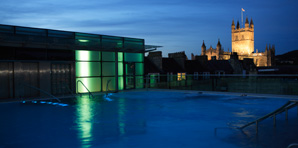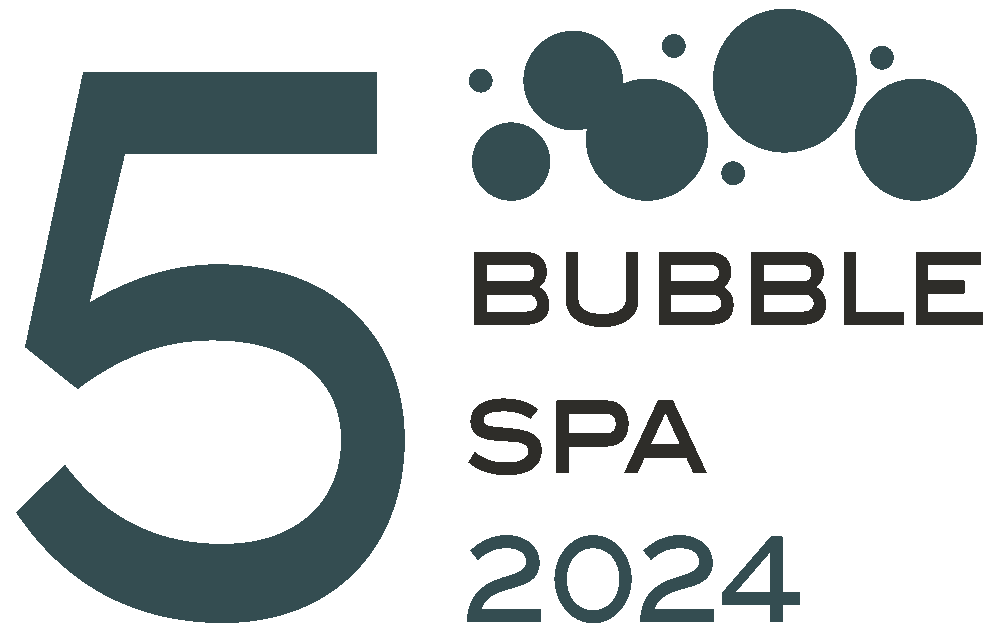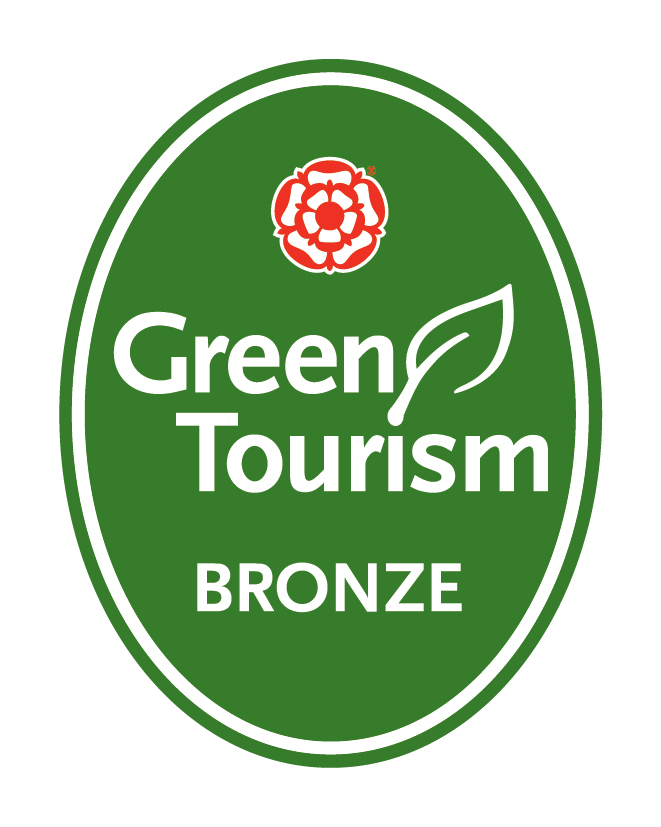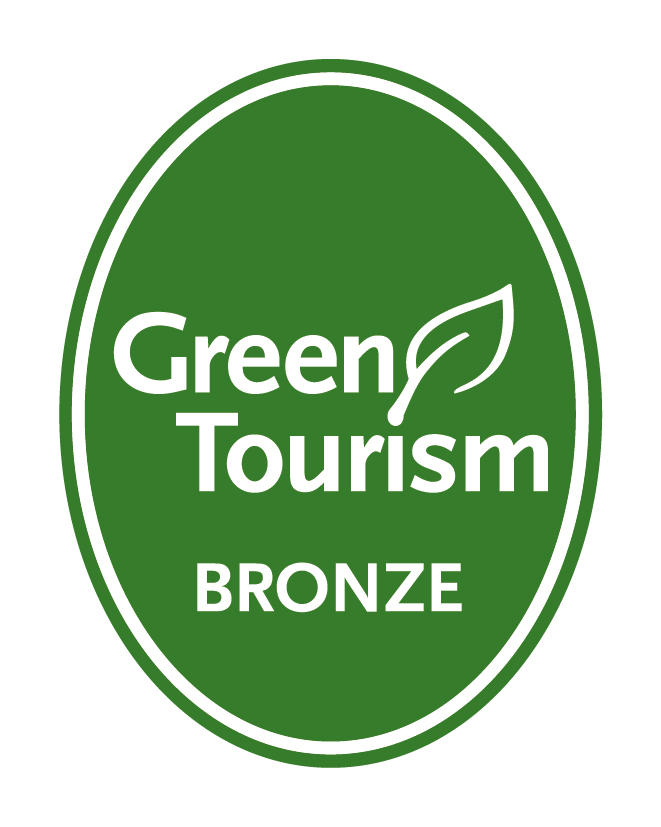The Re-Opening of the Spa
During the 1980s, five bids led by commercial consortia (including Peter de Savery, Blakeney Hotels, First Leisure, and Champneys) hoping to re-open the spas for bathing failed due to the huge capital cost of restoration. None could be financed privately, and the Council did not wish to get financially involved.
Throughout this period of almost 30 years, local opinion supported efforts to restore Bath’s historic spas and visitors to the city remained puzzled by the lack of bathing facilities and the subsequent use of a valuable, natural resource. Also, an area of the city, rich in culture, architecture and history - just a few hundred yards from the famous Roman Baths and Pump Room - steadily degenerated.
In 1995, the new Bath & North East Somerset Council (B&NES), the owners of the spa buildings and guardians of the thermal water, was encouraged to apply to the National Lottery for funding for a new project. This happened in 1996 and on 13th November 1997, the Millennium Commission announced that the Bath Spa Project was one of around 70 successful applicants for grant funding from an original total of 2,000 applicants. £7.78 million was granted.
To qualify for Millennium Commission lottery funding, the Bath Spa Project had to:
• Enjoy public support
• Make a substantial contribution to the life of the community it is designed to serve
• Look back over this millennium and/or forward into the new one
• Be seen by future generations as marking a significant moment in national or local history
• Include partnership contributions to demonstrate the real support of the local community
• Not be possible without Millennium Commission funding and not normally be supportable from public funds nor fall within the scope of another Lottery distributor
• Be of a high architectural design and environmental quality
Three themes were emphasised in the application:
• The thermal waters are a natural phenomenon, which should be used and enjoyed
• Five listed buildings should be restored with genuine economic purpose and good provision of jobs
• And, with tourism trends changing, to consolidate and develop Bath’s position as a leading tourism destination by adding health tourism to the heritage and cultural attractions.
The main partners in the scheme are B&NES, the Millennium Commission and the operating company, Thermae Development Company (TDC). The cost of the project is believed to be circa £40 million, with the Millennium Commission contributing almost £8 million, TDC £6 million and B&NES £21 million. (A legal battle and out of court settlement means that the final figure has not been revealed.) A further £500,000 came from the Bath Spa Trust, local fundraising and some other grants (e.g. KONVER).
A major celebration to mark the revival of the Spa at Bath took place on 6 & 7th August 2003 when The Three Tenors, Luciano Pavarotti, José Carreras and Placido Domingo, visited Thermae Bath Spa and performed a spectacular open-air concert at the Royal Crescent (courtesy of YTL Utilities, owners of Wessex Water).
Thermae Bath Spa opened its doors to the public in August 2006.
The success of the application means that spa culture will thrive once again, not only in Bath, but also throughout the UK, led by the example of Bath and the British Spas Federation.
 01225 33 1234
01225 33 1234
